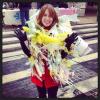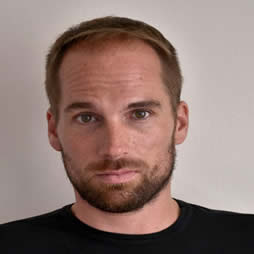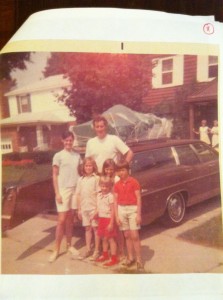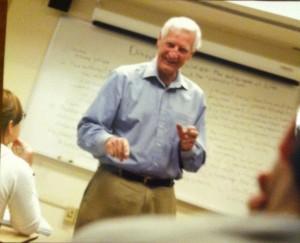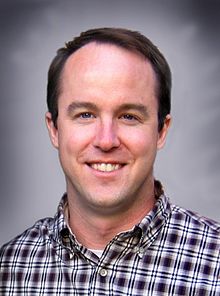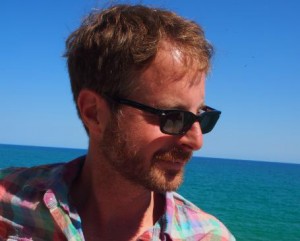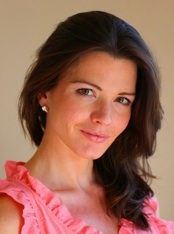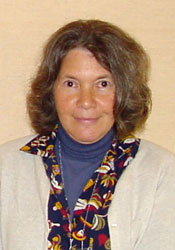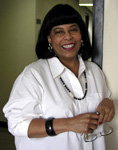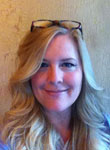[ensemblevideo contentid=_uLPM5QBLU2pKPTbtOVAHQ audio=true showcaptions=true displayAnnotations=true displayattachments=true audioPreviewImage=true]
On Friday, March 6, Temple University is hosting the Tri-State Sustainability Symposium (conference topics) at the Temple Performing Arts Center and Alter Hall, sponsored by the Delaware Valley Green Building Association and many area businesses and organizations. Now in its fifth year, this is one of the regional events in which Temple University’s Office of Sustainability participates. Temple University established the Office of Sustainability under the directorship of Sandra J. McDade on July 1, 2008, in response to the recommendations of the Sustainability Task Force, appointed by then-President Ann Weaver Hart in 2007. Kathleen Grady became the second director of the Office of Sustainability in November 2012. Her office is charged with fulfilling the tripartite mission to “advance sustainable academic initiatives and research, create a sustainable campus environment and culture and…improve outreach and engagement on sustainability issues.”
I first became aware of the Office of Sustainability through the Library Prize for Undergraduate Research on Sustainability & the Environment, now in its fifth year, for which the director served as one of the judges. I also noticed that Temple University was sponsoring, initiating or participating in many environmentally-related events and programs. Finally, as discussions of the new library proceeded, I wondered whether new construction was carefully planned for sustainability. I was curious to know whether the Office of Sustainability was simply an excercise in public relations or a concerted effort to address its ambitious mission.
Though I have no experience in community or institutional planning, I came away from this interview impressed by the level of involvement by the Office of Sustainability in the life and operations of the university. Each year the office takes a Greenhouse Gas Inventory, with the goal of reducing greenhouse gases by 30% by 2030 (base year 2006). Each year funds are appropriated to improve the sustainability of present buildings, and the Office of Sustainability is involved in the planning of new buildings, such as the future home of the Temple University Libraries.
I spoke to Kathleen Grady on December 5, 2014 on the role of the Office of Sustainability at Temple University.
Audio Embed Code:

